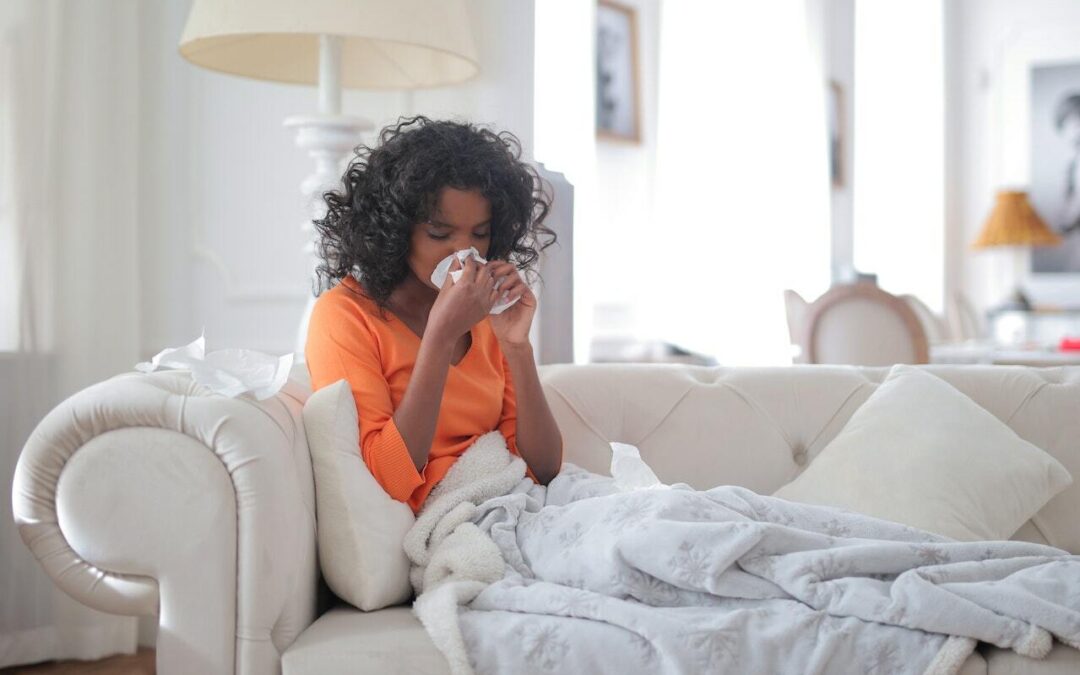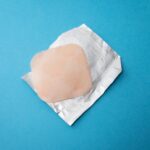If you suffer from sneezing, congestion, itchy nose, and sore throat, you may suffer from allergic rhinitis, also known as hay fever. Hay fever is an allergic reaction triggered by various allergens, such as pollen, dust, or pet dander.
Symptoms of hay fever usually peak during the spring and summer months, when pollen levels are at their highest. However, some people may experience symptoms year-round if they are allergic to indoor allergens, such as dust or pet dander.
There is no cure for hay fever, but there are treatments that can help relieve symptoms. Some people may only need over-the-counter medication, while others may need to see an allergist for prescription medication. If you think you have hay fever, talk to your doctor to get a diagnosis and find the best treatment for you.
Fortunately, hay fever is easy to treat with allergy relief from a pharmacist. Over-the-counter medications such as antihistamines can effectively relieve symptoms. In addition, avoiding triggers such as pollen and dust can also help reduce symptoms.
Talk to your pharmacist about the best treatment options if you suffer from hay fever. With the proper treatment, you can enjoy the spring and summer months without the discomfort of hay fever.
What Is Allergic Rhinitis?
Allergic rhinitis is a condition that affects the nose. It is a type of inflammation of the nose that is caused by an allergen. The most common allergens that can cause allergic rhinitis are pollen, dust, and mold.
When these allergens come into contact with the nose, they can cause the nose to become irritated and inflamed. It can lead to sneezing, itching, and a runny nose. It is a prevalent condition. It is estimated that up to 30% of the population has allergic rhinitis. It has two types: seasonal and perennial.
Seasonal allergic rhinitis is also known as hay fever. Allergic rhinitis occurs at certain times, usually in the spring or summer, because these are the times of the year when pollen levels are highest.
Perennial allergic rhinitis is a type of allergic rhinitis that occurs all year round. It is usually caused by dust or mold. Allergic rhinitis can be very annoying, so you should ask your pharmacist for allergy relief. It can cause many discomforts and make it difficult to breathe, and it can also interfere with your sleep and make you feel tired during the day.
How Common Is Allergic Rhinitis?
The prevalence of allergic rhinitis varies depending on the population. In the United States, the majority is estimated to be between 10-30%. It means that up to 30% of the population suffers hay fever. The prevalence is highest in children and young adults and is more common in females than males.
This condition is more common in developed countries than in developing countries. It is likely due to the higher exposure rates to allergens in developed countries. Allergens triggering allergic rhinitis include pollen, dust mites, mold, and pet dander.
If you suffer from allergic rhinitis, you are not alone. This condition is widespread, and many resources are available to help you manage your symptoms.
Conclusion
Allergic rhinitis is a condition that affects the nose and is caused by an allergic reaction. It can cause several symptoms, including sneezing, a runny nose, and itchy eyes. See a doctor if you think you may have allergic rhinitis so that you can be prescribed allergy relief because it can be very uncomfortable.
If you want to control your health, you should contact QEStrong. We provide allergy relief and other innovative health solutions. So, contact us now for more information!








